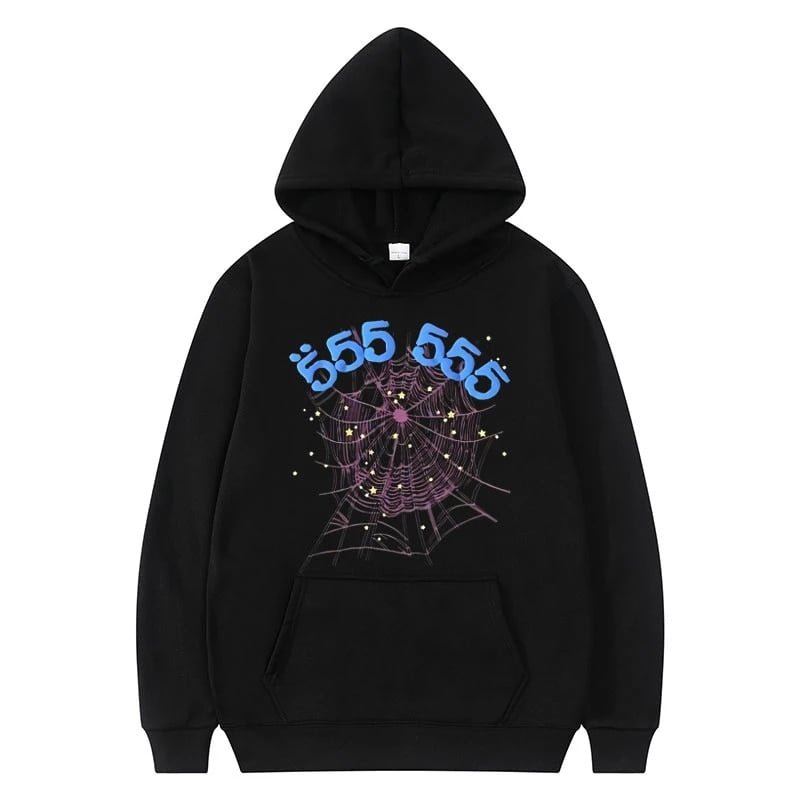Embracing Diversity: A Fashion Imperative
The fashion industry, once dominated by narrow beauty standards, Visit now Sp5der hoodie experiencing a paradigm shift. Consumers today are increasingly vocal about the need for inclusivity and diversity, challenging the traditional norms that have shaped the industry for decades. In this article, we delve into the pivotal role consumers play in steering the fashion narrative towards a more inclusive and diverse future.
The Power of Consumer Influence
In the digital age, consumers wield unprecedented power. Social media platforms have become a breeding ground for discussions on diversity and inclusivity. Brands are now held accountable by consumers who demand authentic representation in marketing campaigns, fashion shows, and product lines. This shift has compelled the fashion industry to rethink its approach, moving towards a more inclusive representation of beauty.
Changing Beauty Standards
Historically, the fashion industry has perpetuated rigid beauty standards, often favoring a particular body type, skin color, or gender. However, consumers are challenging these norms, celebrating diverse body shapes, ethnicities, and gender expressions. Fashion brands that embrace these changes not only resonate with consumers but also set a positive example for the entire industry.
The Rise of Ethical Consumerism
Consumers are not only advocating for diversity in representation but are also championing sustainability and ethical practices. Brands that prioritize fair labor, eco-friendly materials, and transparent supply chains are gaining favor. This dual commitment to inclusivity and sustainability creates a powerful narrative that resonates with socially conscious consumers.
Consumer-Driven Demand for Transparency
Transparency is no longer a buzzword but a consumer expectation. Fashion brands are now under scrutiny to reveal their manufacturing processes, labor practices, and environmental impact. This demand for transparency aligns with the broader call for inclusivity, reflecting a growing awareness of the interconnectedness between social and environmental issues.
The Role of Social Media in Driving Change
Social media platforms serve as catalysts for change, providing a space for diverse voices to be heard. Check it now https://superhoodieofficial.com/sp5der-hoodie/ Consumers use these platforms to share their stories, critique outdated practices, and celebrate brands that champion inclusivity. Fashion brands that actively engage with their audience on social media stand to gain not only increased visibility but also invaluable insights into consumer expectations.
Influencers as Advocates
Influencers, once confined to narrow beauty ideals, are now powerful advocates for diversity. Brands collaborating with influencers who represent a spectrum of identities send a strong message of acceptance. This collaborative approach not only broadens a brand’s reach but also fosters a sense of belonging among consumers who see themselves represented.
The Business Case for Inclusivity
Diversity is not just a moral imperative; it makes business sense. As consumers become more discerning, brands that embrace inclusivity tap into new and underserved markets. By representing a variety of cultures, sizes, and backgrounds, fashion brands position themselves as relatable and accessible to a broader audience.
Building Brand Loyalty
Inclusivity fosters a sense of belonging among consumers. When individuals see themselves reflected in a brand’s imagery, they are more likely to develop a strong emotional connection. This emotional resonance translates into brand loyalty, as consumers actively choose to support brands that align with their values.
In a world dominated by digital presence, the fashion industry stands at a crossroads, beckoning businesses to heed the call of change. Recognizing this call is not just an option but a necessity for those aiming to thrive in the competitive landscape. In this comprehensive article, we delve into the intricate details of why the fashion industry must not only listen but actively respond to the evolving dynamics, all while emphasizing the pivotal role of exceptional content.
The Paradigm Shift
The fashion landscape has undergone a paradigm shift, with digital platforms becoming the epicenter of consumer engagement. From social media influencers shaping trends to e-commerce platforms redefining retail, the traditional rules of the fashion game have evolved. It’s not just about garments and accessories; it’s about storytelling, brand narrative, and, most importantly, the words that accompany the visuals.
Beyond Aesthetics
Fashion is not merely about aesthetics; it’s a narrative waiting to be told. To stand out in the digital cacophony, brands must go beyond visually appealing imagery. They must weave compelling stories that resonate with their audience. Each piece of content should not only showcase a product but immerse the consumer in a world where that product becomes a necessity, a statement, and a must-have.
Conclusion
The fashion industry’s trajectory towards inclusivity and diversity is driven by the powerful voices of consumers. Brands that authentically embrace these values not only meet the demands of the current market but also set a precedent for a more equitable future. As consumers continue to champion inclusivity, the fashion industry must heed their call, recognizing that diversity is not just a trend but an integral aspect of a thriving and progressive business landscape.










